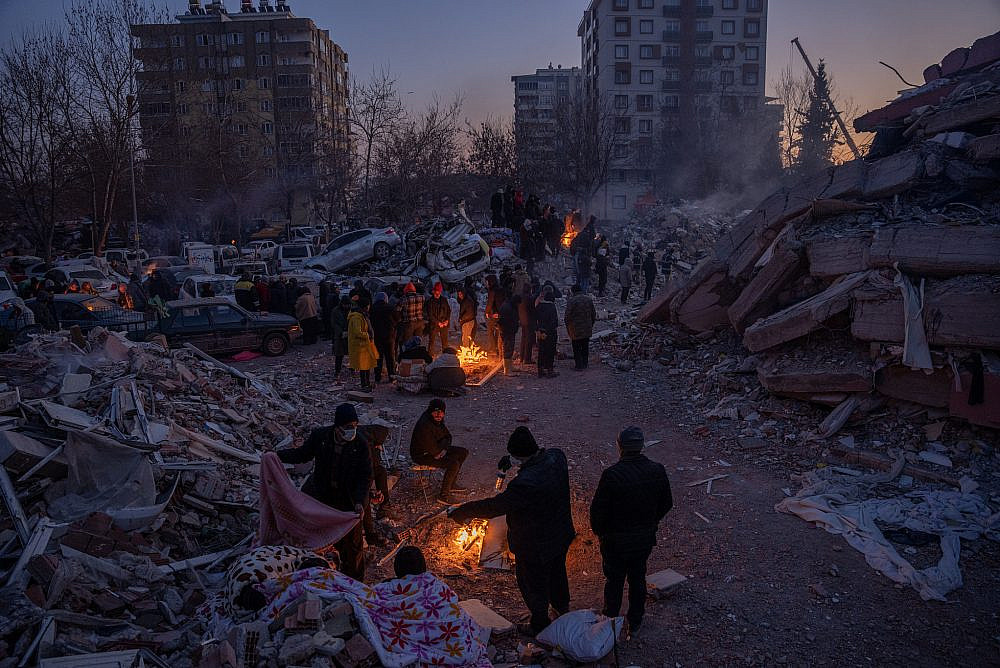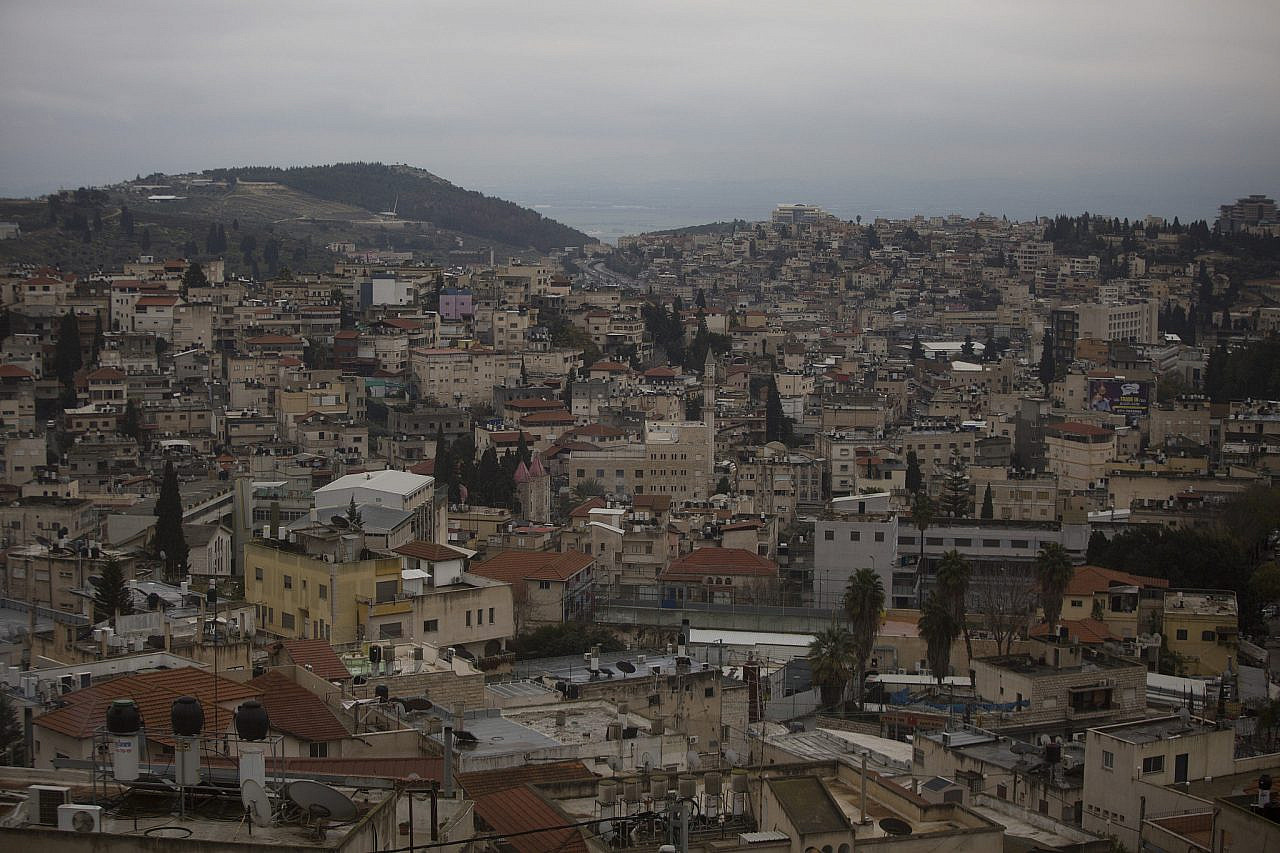The devastating earthquake that struck Turkey and Syria on Feb. 6 has already claimed close to 50,000 victims. More than a million people have been made homeless in what is being described as one of the strongest seismic events in the region’s history. Watching the tragedy unfold, vulnerable people across the Middle East have been left wondering how they would be affected if an earthquake of that scale should strike closer to home — and Palestinians in the occupied West Bank and Gaza, as well as those with Israeli citizenship, are no exception.
In fact, the West Bank did experience smaller aftershocks in the days following the initial quake, including a 4.8 magnitude earthquake with its epicenter in Nablus. Speaking to +972 Magazine by phone, Nablus resident Dr. Jalal Al Dabbeek, the director of the Urban Planning and Disaster Risk Reduction Center at An-Najah National University, answered in a panicked voice and politely apologized for needing to delay our pre-arranged call to the next day due to needing to study the aftershock.
“The response to disasters is a very complicated process that includes paying attention to building and planning, as well as avoiding overcrowding,” he explained. “But because the occupation does not allow Palestinians to expand [our living areas], we are at greater risk.”
Al Dabbeek, who specializes in earthquake engineering, clarified that the risk of damage and loss of life is directly related to the quality of the buildings, the topography of the area, and the planning, whether in the relatively crowded Palestinian towns and villages inside Israel or the densely packed refugee camps of the West Bank and Gaza. Effective disaster management, in turn, depends on rescue capabilities, access to medical assistance on a large scale, and organizational management.
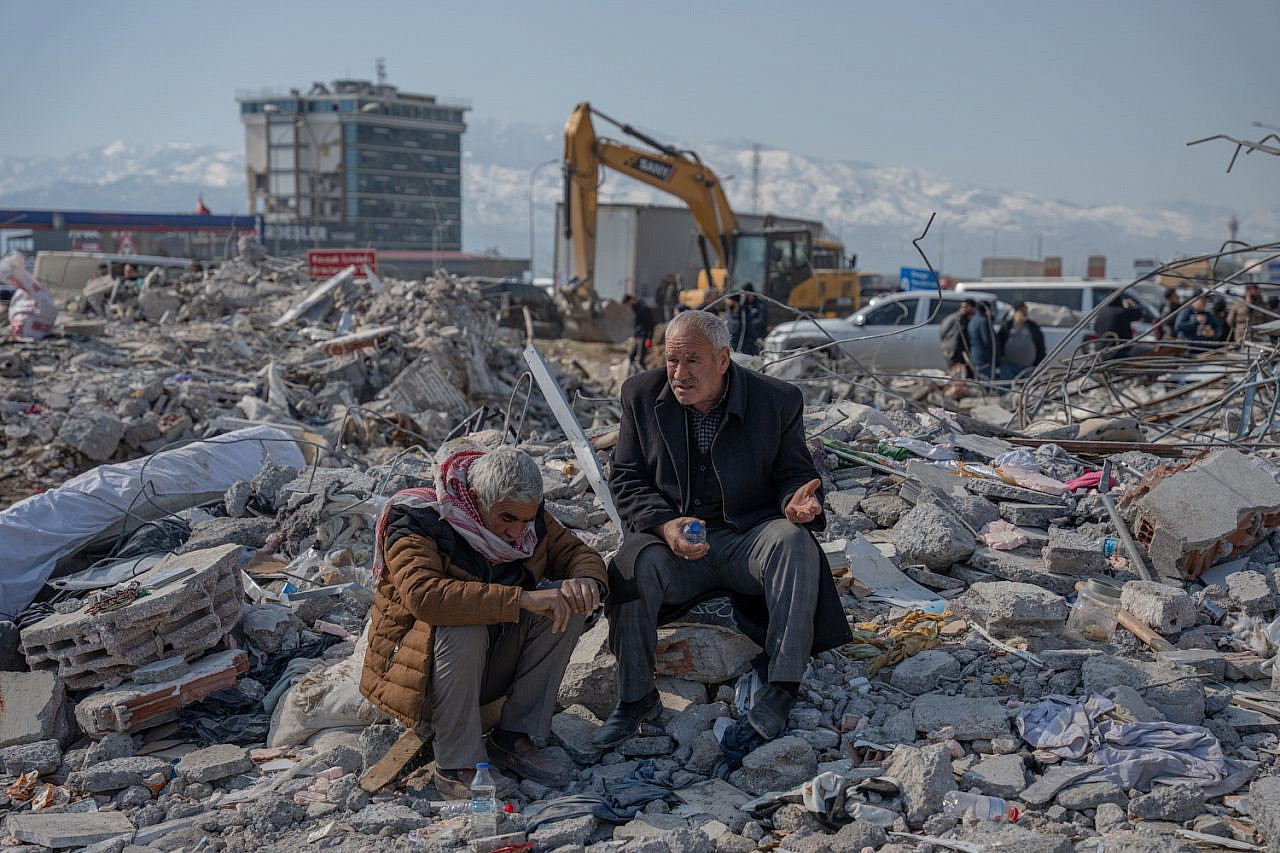
In geographical terms, the area is vulnerable to earthquakes due to its proximity to the Great Rift Valley. The Syro-African Depression, or Jordan Rift Valley, in particular, is liable to experience earthquakes that would be felt across Israel-Palestine, Jordan, Lebanon, and Syria.
“Jericho is at the highest risk, then the stretch from Bethlehem to Jenin to the Galilee, then the Haifa area and what is called the finger of the Galilee,” Al Dabbeek explained. Topography is also a risk factor, meaning Nablus, Jenin, and Haifa are at particularly high risk, due to their altitude, as are the steep slopes of the Galilee and the West Bank.
“Then we have the historic buildings in our area,” he continued. “Due to physical restrictions and not expanding based on a scientific foundation — either by us Palestinians or the occupation — the dangerous risk factors are intensified.”
This is especially true in Gaza. Al Dabbeek explained that even though the stone they built on in Gaza is more stable than that in the West Bank, the sand in the area is a significant problem; in the event of an earthquake, soil liquefaction is likely to occur, which would cause devastating damage to buildings. Overpopulation and unplanned expansion in Gaza only heighten the risk, with over 70 percent of Gaza’s residents living in crowded refugee camps full of buildings that are prone to collapse even without an earthquake.
“Gaza has a lot of worries,” said Al Dabbeek, referring to the repeated Israeli assaults on the strip that have left the infrastructure in bad shape. “The buildings are not held to the required scientific measures, and if the situation is not studied deeply and a very accurate plan put in place, the risk will be higher.”
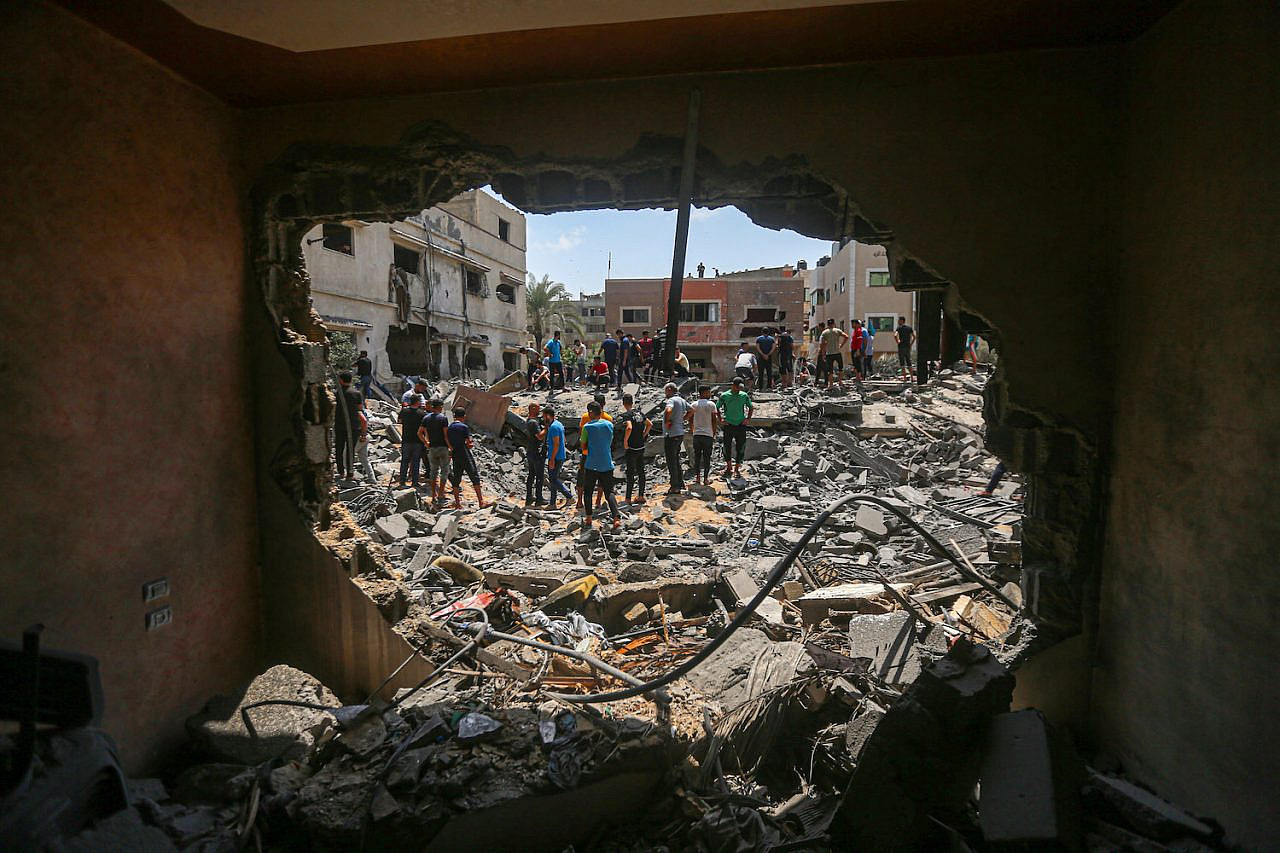
With memories of the Nakba, the expulsion and flight of over 750,000 Palestinians at the hands of Zionist forces during and following the 1948 war, still fresh in the minds of Palestinians several generations down the line, the idea of being displaced again — albeit by a natural disaster, rather than a brutal occupation — weighs heavily on the shoulders of Palestinians.
‘If we are to face disaster, we must face it united’
Two days after the initial earthquake, a team of 37 rescuers, led by the Palestinian International Cooperation Agency (PICA), arrived in Turkey and Syria to aid with the rescue efforts. As Palestinians watched the team at work, they wondered what kind of aid the Palestinian Authority could provide if a larger earthquake were to hit the West Bank, or how Hamas would respond if Gaza were hit.
“We have limited capacities,” Al Dabbeek explained. “How are we going to receive aid? As you can see in Turkey, [aid arrives by] airplanes. But we do not have a single airport, nor do we have the infrastructure — no army and no highways between cities — so foreign aid would be delayed. It would be horrifying if it happens to us because we will pay the price of being occupied. The world needs to pay attention to our abnormal situation under occupation.”
The death toll from the initial earthquake in Turkey and Syria rose dramatically on the third and fourth days after the event, with many of those seriously injured succumbing to their wounds. “The rescue efforts are most crucial in the first 24-36 hours because those under the rubble need urgent medical care or else they die,” said Al Dabbeek. “In such hours the rescue teams find people under the rubble who are not injured but trapped. But the delay in responding increases the fatalities.”
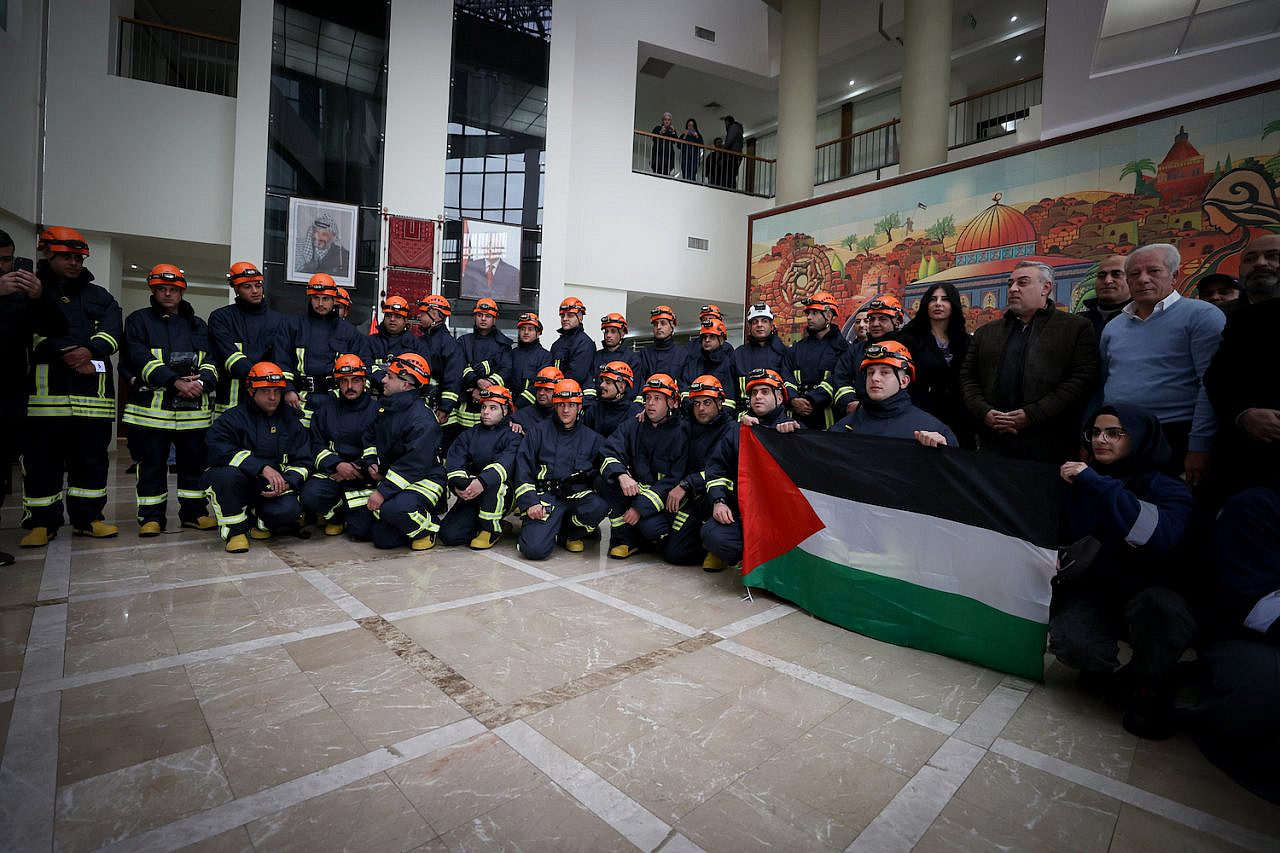
Palestinians in Gaza are among those most familiar with being trapped under the rubble and clinging to life, as a result of the repeated Israeli wars on the besieged strip. Meanwhile, in the West Bank, Palestinians mostly lost their faith in the PA’s ability to effectively manage the health system during a disaster — if they had any faith to start with — while watching its mishandling of the COVID-19 pandemic.
A recent report by the Anera NGO, which provides humanitarian assistance and sustainable development to advance the well-being of refugees, was unequivocal: “The Palestinian public health system does not have the resources or capacity to serve a large population in need of medical care. In rural communities only the most basic healthcare services are available, leaving many Palestinians with minimal access to doctors, hospitals and treatment options.”
In the occupied West Bank and Gaza, there is on average less than one hospital bed for every 1,000 Palestinians, said Al Dabbeek. In Turkey, for comparison, there are 3.6 hospital beds per 1,000 people.
“Our medicine stock and medical equipment are limited,” he explained. “The pandemic showed us how vulnerable our health system is. It [would not be able to] handle the aftermath of an earthquake until foreign aid arrives, and I think it would collapse.”
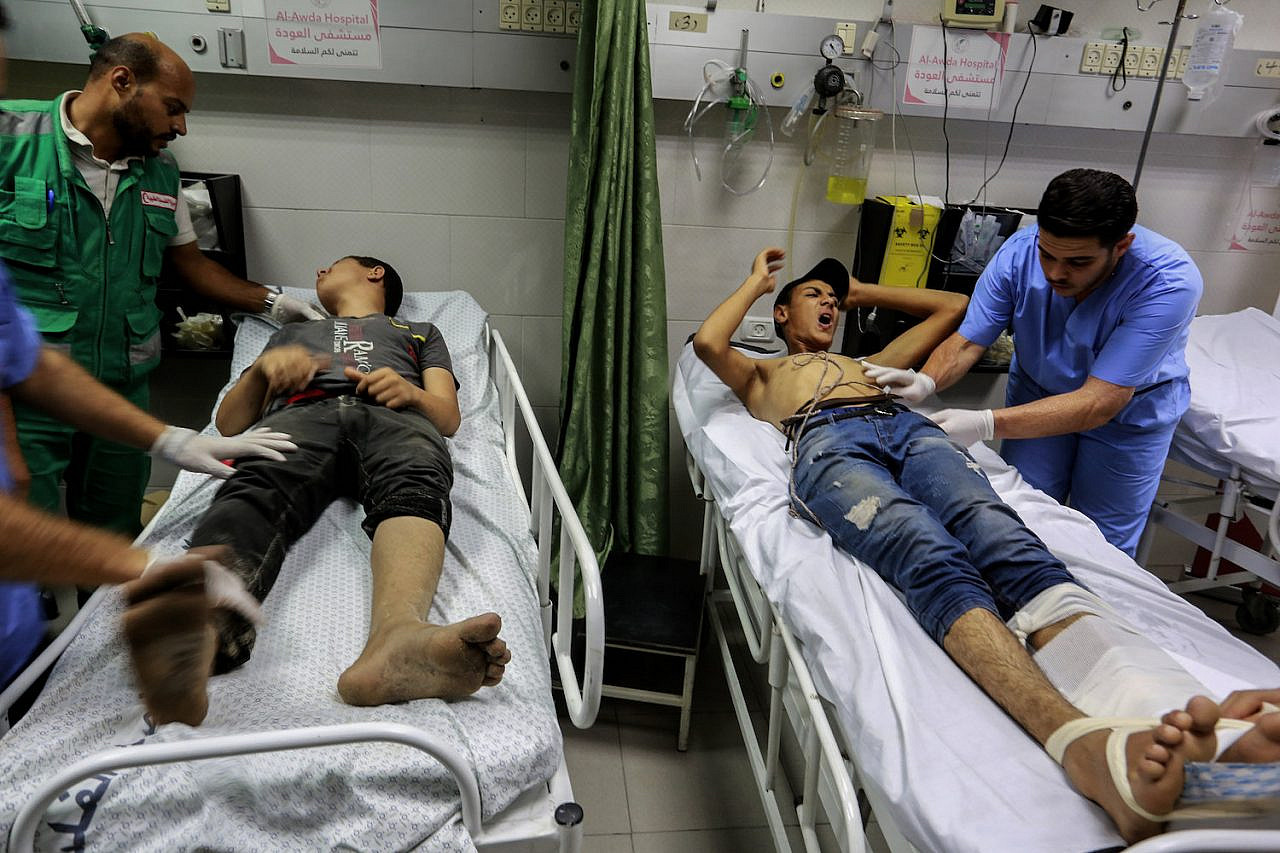
Proper shelters — like those built into many residential and public buildings in Israel for use in case of rocket fire — would likely save lives in the event of an earthquake. But unlike many Israeli Jews, Palestinians in Israel rarely have shelters built into their old houses (especially not those living in unrecognized towns and villages), and Palestinians in the West Bank and Gaza do not build them at all.
In the absence of effective top-down management, many Palestinians are wondering how they could help themselves in the event of an earthquake, or at least start preparing now. “Locally, the organizations, individuals, policymakers, and specialists are all in need of awareness programs to enable each one to play their role,” said Al Dabbeek. “Then we need specialized, sectoral emergency support committees to rescue, medically aid, shelter and feed victims, especially those with chronic illnesses, the elderly, and the newborn.”
The health system workers are not going to manage on their own, so Al Dabbeek recommended building volunteer committees ahead of time consisting of security personnel, paramedics, rescuers, transportation professionals, and so on: “If we are to face a disaster, we must face it as a united community,” he said. In the aftermath of an earthquake, he continued, it is crucial to provide social and economic support because many people will lose everything and be plunged into poverty.
Above all, Al Dabbeek emphasized the importance of raising awareness among people to teach them how to act in such a scenario. The construction situation is impossible to drastically change in the short term, “so it is better to focus on teaching people how to act in case of an earthquake,” he said. “Policymakers have to make sure to prioritize implementing those teachings with standards. This is called residual risk management: when I cannot correct what I already have, I face it and prepare myself.”
But longer-term planning must not be neglected, Al Dabbeek continued. Every new building must meet adequate safety standards (known as disaster risk management, or DRM) so they do not add to the danger that already exists from the older buildings. These existing buildings, meanwhile, must be bolstered and secured (a process known as correctional DRM). “It takes time but it is possible,” he said, pointing out that in the last couple of years, Palestinians have already begun implementing a DRM process at a level that does not exist in most other Arab countries. “But the country should create programs and encourage people to bolster their existing homes and buildings.”
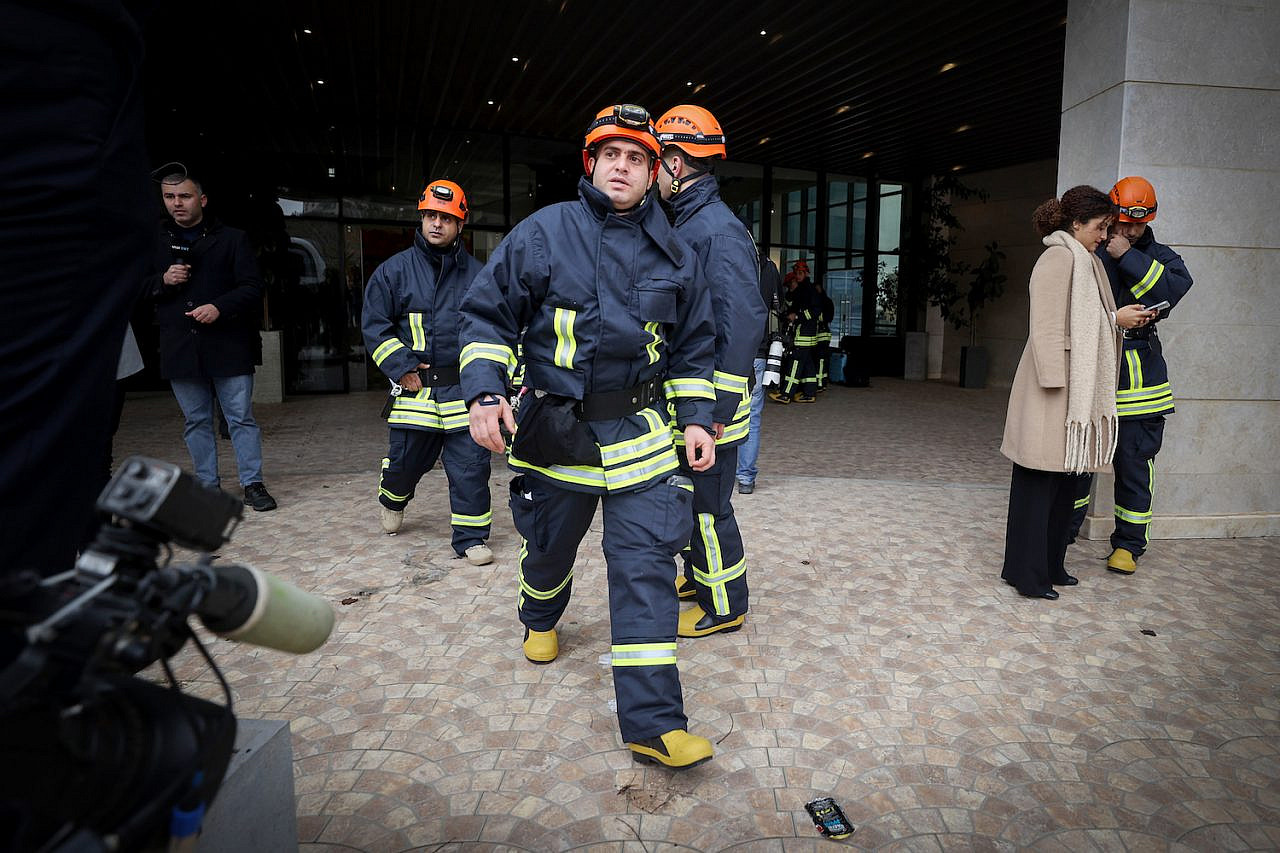
So long as Palestinians remain under Israeli occupation, though, their risk level will be far greater. “The occupation will definitely contribute to greater losses in the event of an earthquake,” said Al Dabbeek. “[How will we receive] aid from the UN? Israeli and Jordanian airports will be busy dealing with their countries’ losses. The UN and the international community are responsible for helping us to end the occupation.”
A double-edged sword
Buildings in Palestinian towns and villages inside Israel are far less resistant to earthquakes than those in Jewish population centers. There are several reasons for this stark difference, despite the often short distances between Jewish and Palestinian localities: building without permits (which are invariably denied to Palestinians by the authorities), many buildings being historic, the negligence of local municipalities, and a lack of awareness about the need to build more securely, to name a few.
“Palestinian towns inside Israel are ancient, established hundreds or even thousands of years ago,” said Dr. Hana Sweid, founder and chair of the Galilee-based Arab Center for Alternative Planning (ACAP). “As a result, buildings in Palestinian communities are mostly old and fragile in the face of an earthquake.” In other words, those same historic buildings that fill Palestinians with pride as a physical representation of their rootedness in this land pose a serious danger if there were to be a major earthquake.
According to Sweid, around 50 percent of buildings in these localities were built before 1985 — the year Israel issued clear new building standards to increase resistance to earthquakes. The 50 percent built after 1985 are mostly in better shape, with the exception of those built without a proper permit due to what Sweid describes as Israel’s policy of “suffocating Arab towns and prohibiting their expansion.”
But in the event of an earthquake, the limitations on Palestinian construction may also serve as an advantage. “A positive factor that Palestinian towns benefit from is that their buildings are not very high. High buildings of more than four floors are more dangerous than low buildings.”
Sweid emphasized the potential for local authorities to play a key role in protecting Palestinian citizens of Israel from the impacts of earthquakes, given that they receive financial support from the government and can invest it in strengthening buildings and raising people’s awareness. These local authorities could invest in early warning systems, which Israel uses on a large military scale to warn of incoming attacks from neighboring enemies like Hamas in Gaza and Hezbollah in southern Lebanon; these could equally be used early on to warn people of an incoming earthquake. Authorities should also offer clear instructions to citizens on how to act during an earthquake, Sweid added, for example escaping to open areas away from buildings or finding the safest places inside buildings.
When a building is recognized as vulnerable to earthquakes, local authorities should take the necessary steps to strengthen it, he continued. And after an earthquake occurs, it is the role of the local authorities to provide rescue assistance, medical care, shelter, and essential needs like food and water, as well as protect and maintain electricity, water, and telecommunication infrastructure.
“There are gaps in the aforementioned steps that are not filled by the Israeli municipalities in Palestinian towns,” Sweid said. “What we have been trying to do lately is build a model for municipalities to serve as an example to the local authorities in how to prepare for and cope with an earthquake, in order to ensure they know how to act when it comes to Palestinians inside Israel.”
Given the racist track record of the Israeli authorities, however, Palestinian citizens cannot be expected to count on the authorities to give them equal treatment to Jewish Israelis in case of an earthquake. So what can be done?
“We need people to internalize that the threat of an earthquake is constant and not just theoretical — all the signs around us suggest it will happen here soon,” warned Sweid. “[Then we need to] translate this awareness into demands that exert pressure on the relevant authorities to put all their resources and expertise toward helping and not neglecting the Palestinians in this country due to the discriminatory and racist treatment, leaving us to fend for ourselves. There should be equal care and resource distribution to all citizens.”


